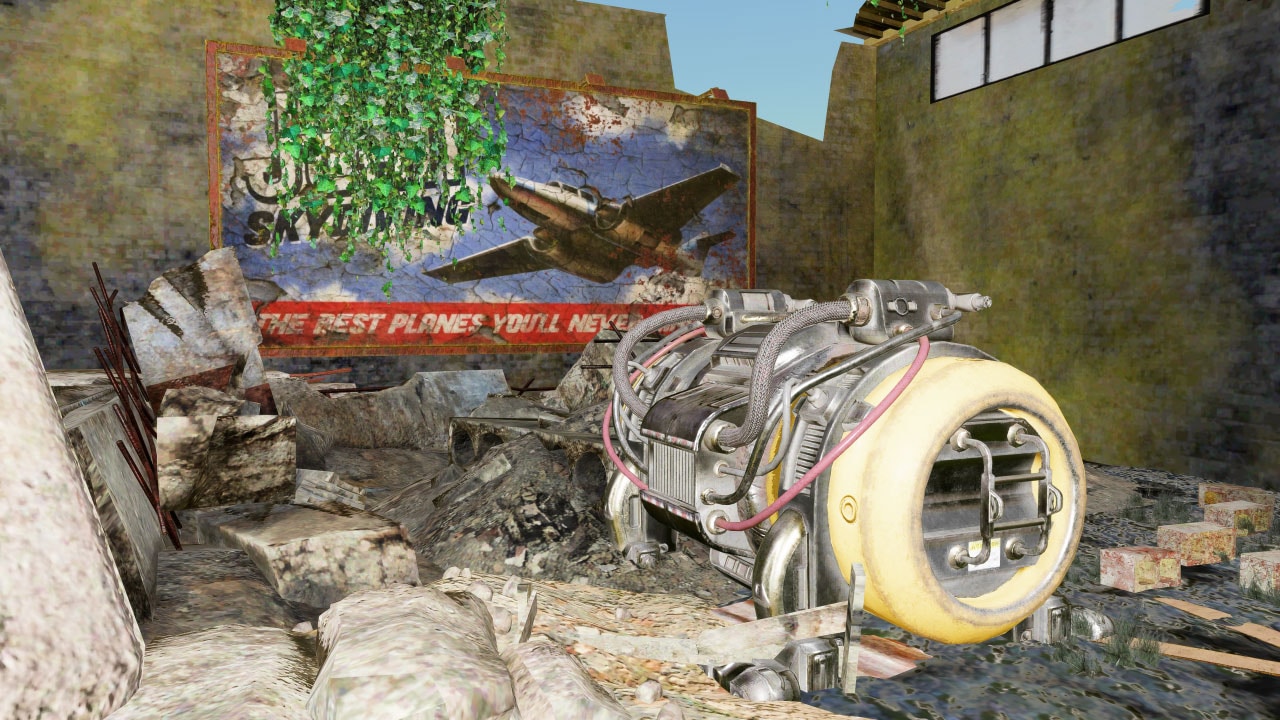FidelityFX CAS has it's own optional scaling algorithm that is distinct from FSR, while FSR is made up of two functions--Edge-Adaptive Spatial Upsampling (EASU) and Robust Contrast Adaptive Sharpening (RCAS)--the latter of which is not the same as the original CAS included with FidelityFX CAS.
I'm not sure if EDO's FidelityFX CAS option uses the game's original/normal scaler or not, but the fact that it replaces the normal supersampling option suggests the latter.
They both include scaling and sharpening filters, just different ones. They can be, and are, used for for the same ultimate purposes.
Also, FSR doesn't really add much blur. Both FSR and NIS work best with strong anti-aliasing, which is why both look rather crappy in EDO. They do very little to mitigate aliasing and can even exacerbate it, which is extremely noticeable because the game's antialiasing options are so weak.
(FidelityFX) CAS is not the same algorithm as RCAS.
Straight from the comments in the actual shaders:
CAS uses a simplified mechanism to convert local contrast into a variable amount of sharpness.
RCAS uses a more exact mechanism, solving for the maximum local sharpness possible before clipping.
RCAS also has a built in process to limit sharpening of what it detects as possible noise.
RCAS sharper does not support scaling, as it should be applied after EASU scaling.
Pass EASU output straight into RCAS, no color conversions necessary.
Contribute to libretro/slang-shaders development by creating an account on GitHub.

github.com
Journal of my experience porting AMD FSR to RetroArch on a GLSL Fragment Shading pass while making it work on OpenGL for the first time.

jntesteves.github.io
Because they are different and, for practical purposes, mutually exclusive. FSR
mandates RCAS sharpening, but it's not the same sharpening that's part of FidelityFX CAS.



